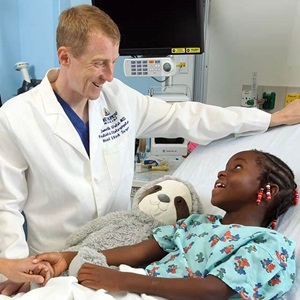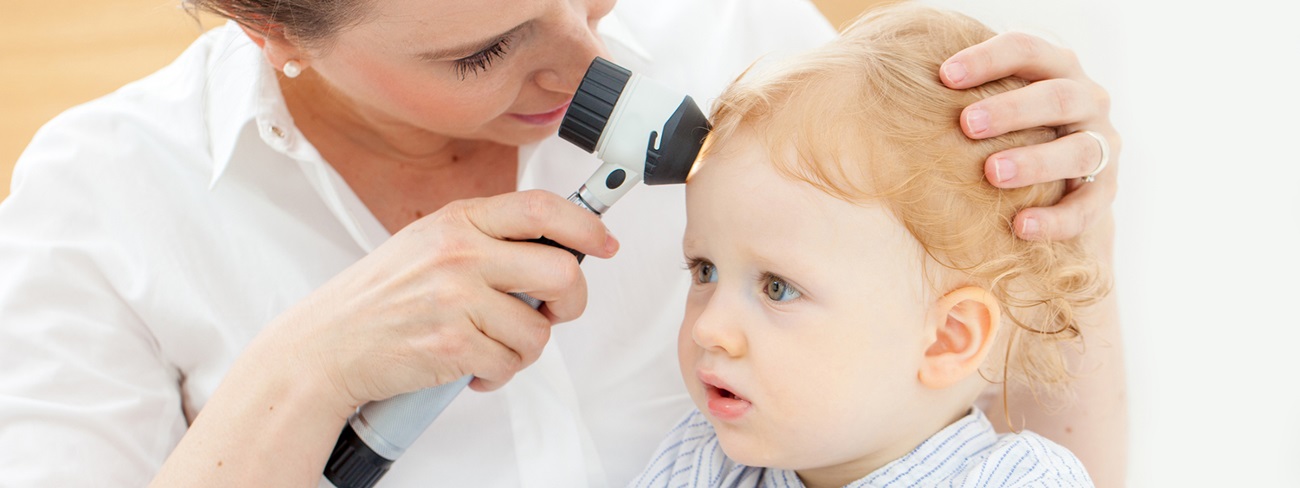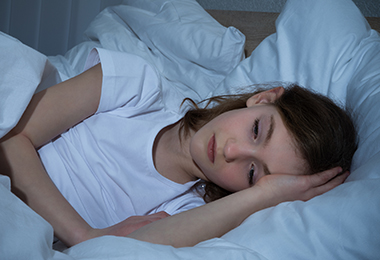Dermoid Cyst in Children
What are dermoid cysts in children?
A dermoid cyst is a pocket or hole under the skin. It contains tissue normally found in the outer layers of the skin. This might be hair follicles, oil, and sweat glands. Oil and sweat collect inside the cyst, causing it to get larger.
A dermoid cyst may appear at birth or soon after. But often it is not seen until years later. Dermoid cysts are usually found on the head, neck, or face. They can also occur on other parts of the body.
What causes a dermoid cyst in a child?
A dermoid cyst is present from birth (congenital). It happens when the skin layers do not grow together as they should during the early stages of an embryo’s development.What are the symptoms of a dermoid cyst in a child?
A dermoid cyst looks like a small lump under the skin. The skin over the lump can easily be moved. The lump may be skin-colored, or may have a slight blue color.
The symptoms of a dermoid cyst can be like other health conditions. Make sure your child sees his or her healthcare provider for a diagnosis.
How is a dermoid cyst diagnosed in a child?
Your child’s healthcare provider will usually diagnose a dermoid cyst based on what it looks like and where it is. He or she will look at the cyst and surrounding area. Your child may need imaging tests to find out if the cyst is connected to other tissue in the head and neck. Tests may include:
- X-ray. The provider may order Images of the head, neck, face, or other area where the cyst is located.
- CT scan. X-ray and a computer are used to make detailed images of any part of the body.
- MRI. Large magnets, radio waves, and a computer make detailed images of organs and structures within the body.
How is a dermoid cyst treated in a child?
The most common treatment is surgery to cut out the cyst. Treatment will depend on your child’s symptoms, age, and general health. It will also depend on how severe the condition is.What are the complications of a dermoid cyst in a child?
Depending on where the cyst is located, it can cause problems. For example, a dermoid cyst near the eye may affect your child’s eyesight. But this is uncommon. Cysts also can:
- Damage nearby bone
- Cause infections
- Cause a child to be embarrassed or uncomfortable
When should I call my child’s healthcare provider?
Call your child’s healthcare provider if you notice any lumps or bumps on your child.Key points about dermoid cysts in children
- A dermoid cyst is present from birth. It happens when the skin layers do not grow together as they should during the early stages of an embryo’s development.
- Dermoid cysts are usually found on the head, neck, or face. But they can occur anywhere on the body.
- Dermoid cysts appear as small, often painless, lumps.
- Dermoid cysts are usually diagnosed by what they look like and where they are located.
- Treatment is often surgery to remove the cyst.
Next steps
Tips to help you get the most from a visit to your child’s healthcare provider:
- Know the reason for the visit and what you want to happen.
- Before your visit, write down questions you want answered.
- At the visit, write down the name of a new diagnosis, and any new medicines, treatments, or tests. Also write down any new instructions your provider gives you for your child.
- Know why a new medicine or treatment is prescribed and how it will help your child. Also know what the side effects are.
- Ask if your child’s condition can be treated in other ways.
- Know why a test or procedure is recommended and what the results could mean.
- Know what to expect if your child does not take the medicine or have the test or procedure.
- If your child has a follow-up appointment, write down the date, time, and purpose for that visit.
- Know how you can contact your child’s provider after office hours. This is important if your child becomes ill and you have questions or need advice.
Pediatric Otolaryngology

Our pediatric otolaryngologists provide compassionate and comprehensive care for children with common and rare ear, nose, and throat conditions. As part of the Johns Hopkins Children's Center, you have access to all the specialized resources of a children's hospital.






